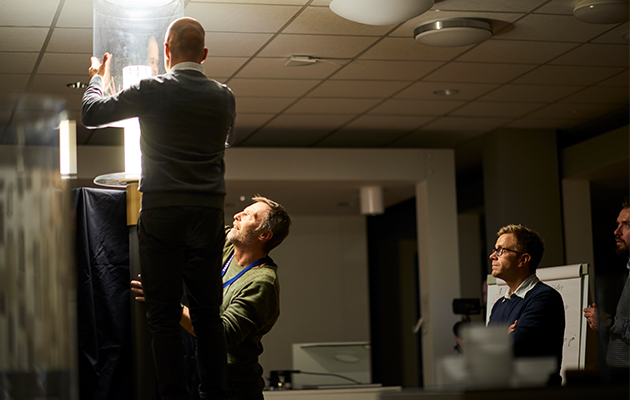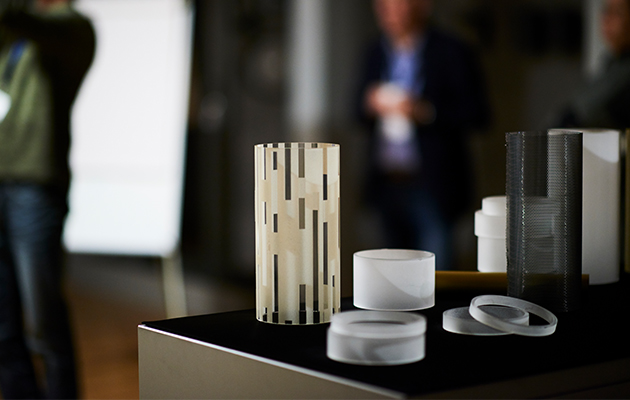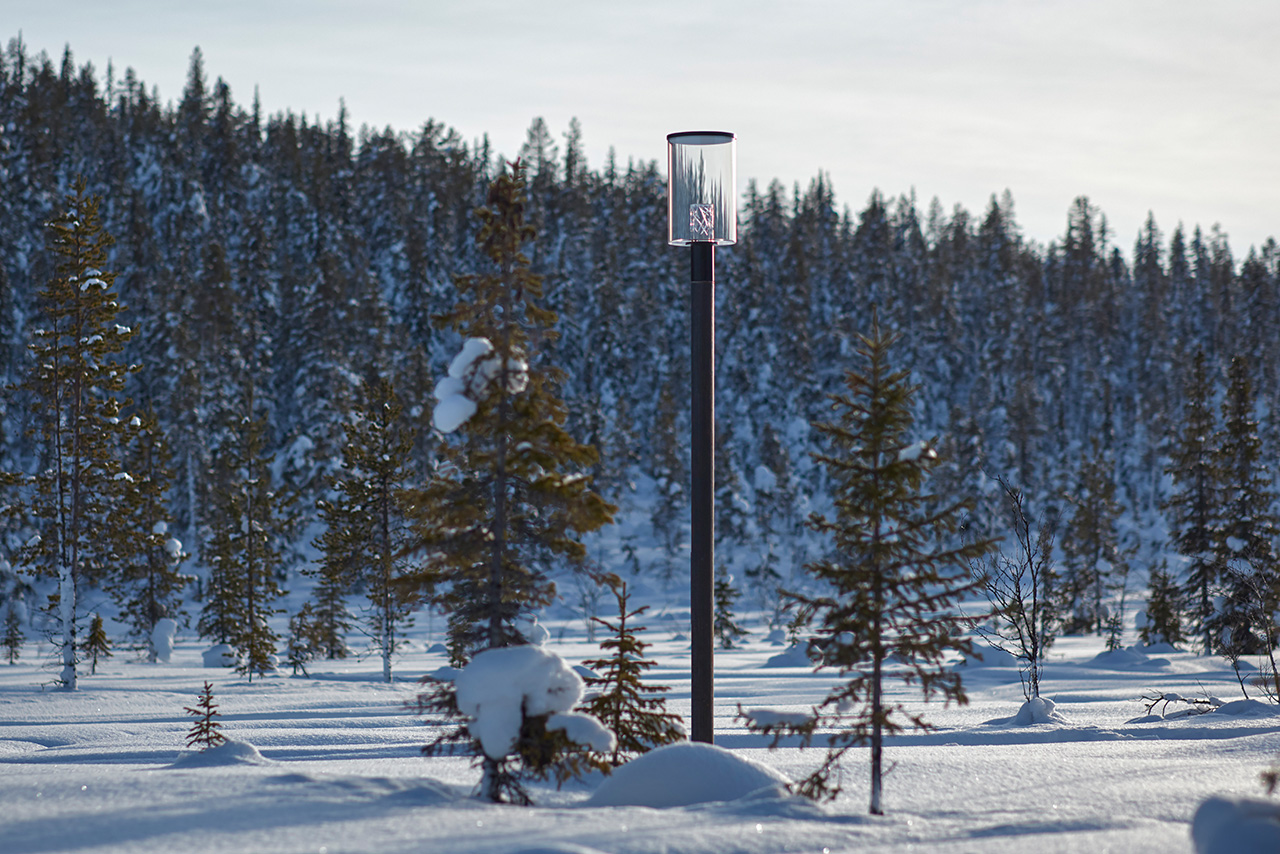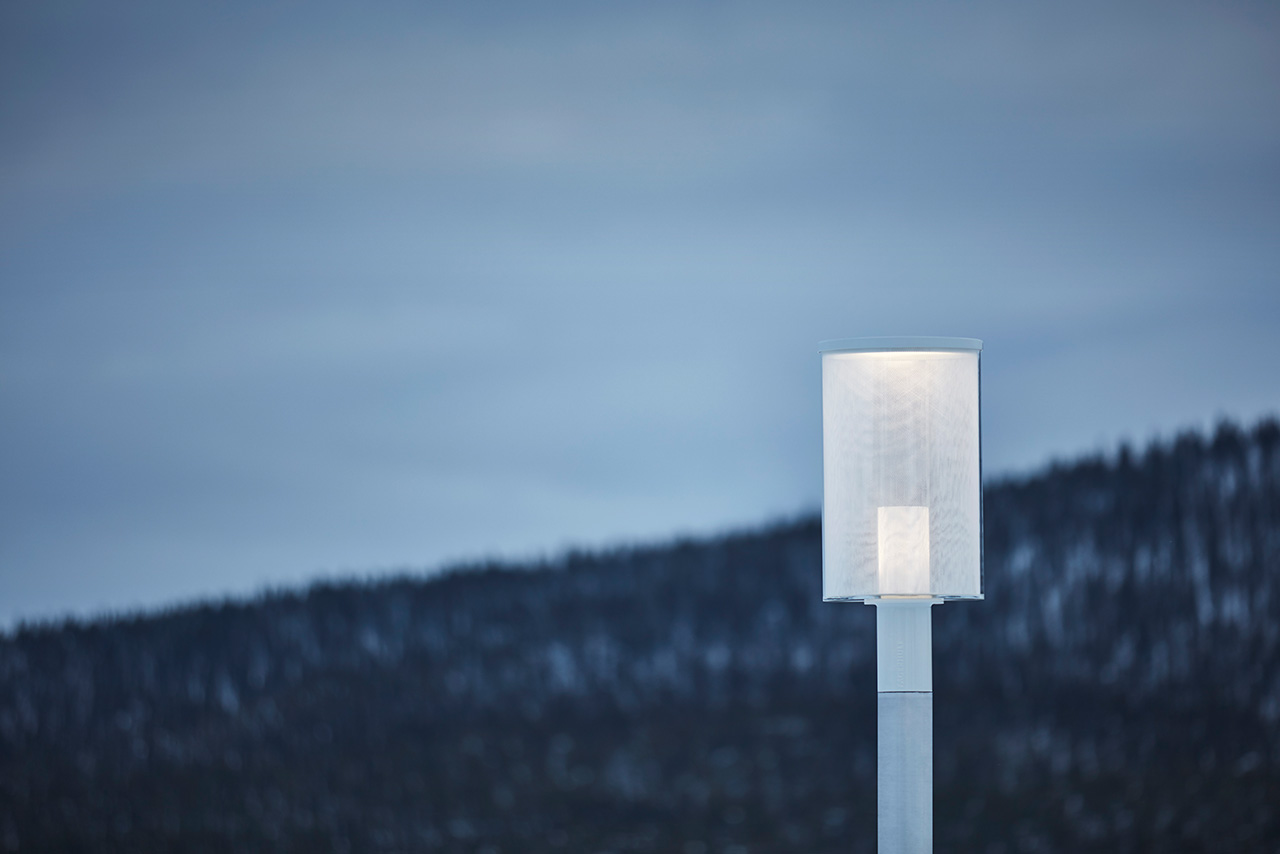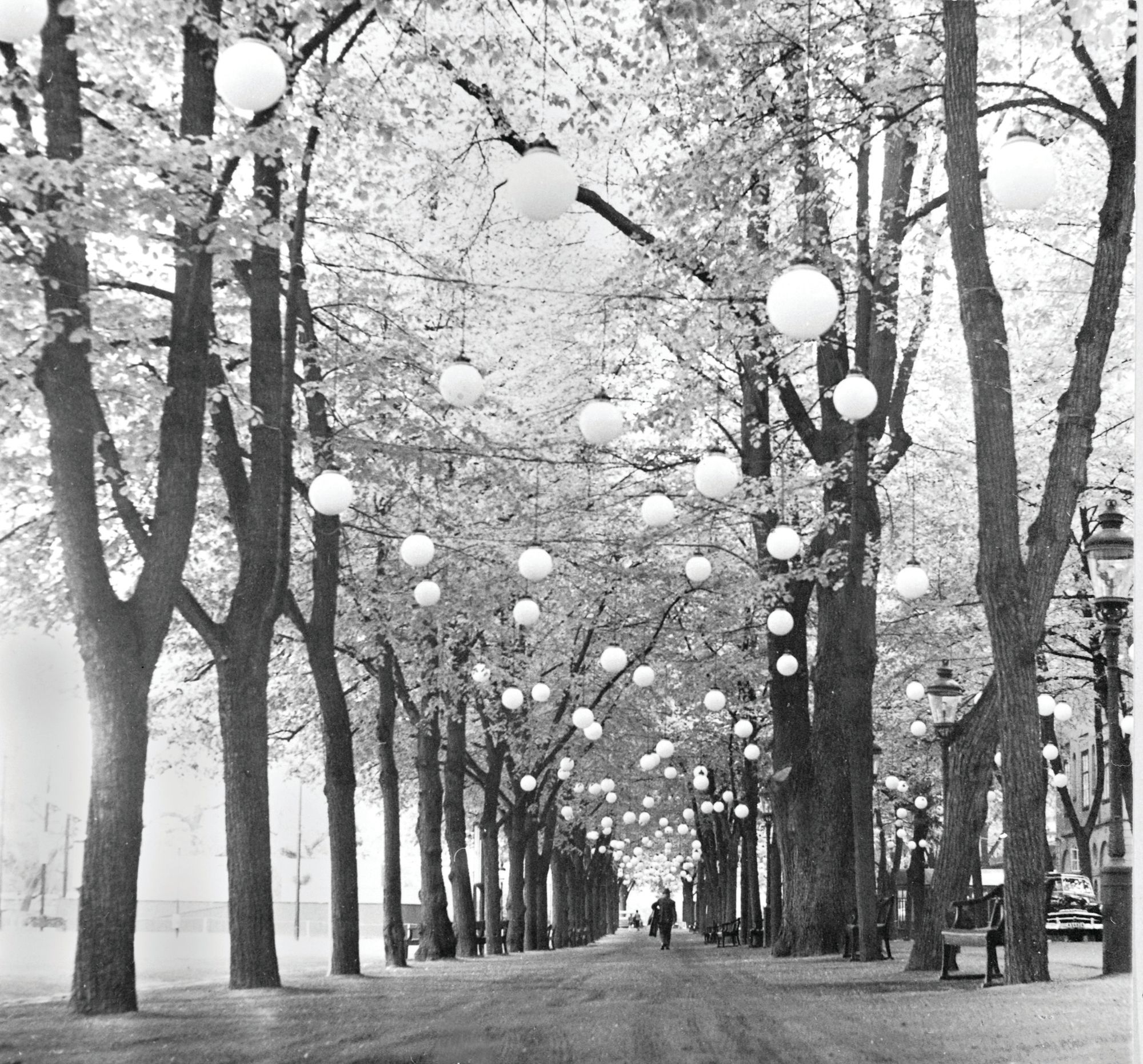
History of the lantern
The design of outdoor lighting has always been determined by the shape of the light source. Not anymore. In co-operation with groundbreaking lighting design firm ÅF Lighting and glass designer Lena Bergström at Orrefors, Fagerhult is reclaiming the natural light with the Devina park luminaire. We are sure Leonardo da Vinci wouldn’t mind.
Once upon a time, there was only the moon lighting up the way for nighttime wanderers. A giant natural floodlight, perfect in its benevolent roundness. If there was no moon or if the night was cloudy, you had two options: staying at home or bringing a hand-held lantern.
In the cities, there were sometimes lighting provided by the city or the property owners – oil lamps on consoles or posts, offering a weak and flickering light. They were never lit after midnight though, not at all if the moon was up.
In the 1850s and 1860s all this changed. Gas light was installed in many of the major Swedish cities, providing new freedom of movement after dark. Still, the designs were adapted to the fact the lantern housed a living flame.
FROM GAS TO ARC LIGHTS
When it comes to lighting design, you have to wait until the 1870’s for something new to happen. That's when electric lighting was first introduced in Sweden, starting with the arc light. The arc light consisted of a glass sphere with two carbon rods and an intense, restless light arc jumping between them.
Gas and electric lighting co-existed into the early 20th century, but as the tungsten filament incandescent lamp was developed it revolutionized lighting design. This light source was superior in so many ways. It provided great light, had a hermetic atmosphere and it could be mounted in any direction without compromising its functionality. From the 1920’s luminaire design attracted leading architects of the society.
A LANTERN NEVER SEEN
To lighting designers, the light source has been both a blessing and a curse – offering new opportunities in brightness and efficiency but also restrictions in shape, explains Tomas Bolin, product manager at Fagerhult Outdoor.
”Traditionally, the design of lanterns has always taken its starting point in the shape of the light source – if designing a new luminaire for the purpose. It has also been quite common to just ‘replace’ the light source, using a new light source in an old shape.”
”Today, LED-technology has come so far that it is finally possible to do it differently. The design is no longer bound to the light source as LED lets designers and architects work freely. That’s why we wanted to do something extrarordinary. We wanted a game changer.”
Tomas and his team turned to Scandinavian lighting authority Kai Piippo and his team at ÅF Lighting. Kai is an award winning lighting designer with an international repute. The mission was to create an innovative lantern for parks and squares. A lantern never seen before. On Fagerhult’s behalf, ÅF Lighting created the guidelines for the groundbreaking design.
THE PERFECT CYLINDER
”I immediately felt that we had to avoid everything that could be outdated or related to a certain decade. It shouldn’t remind of anything that’s been done before. And when seeing it 30 years from now, you shouldn’t think that it’s a 2020’s design”, says Kai Piippo.
We can identify at least three different popular designs that actually has influenced the outdoor lighting design since then; the industry lamp, the lantern with the steel sheet ‘hat’ and the globe”, tells Jan Garnert, lighting historian.
The globe is one of the most beloved shapes dating back to the arc light. Since the 1920’s has been used in countless designs.
”Of course we didn’t want to do the globe again. Especially at is it worthless regarding light ergonomics. With no louvres what so ever, the incandescent lamp in its center feels like a welding flame to the eye, a dazzling barrier between the spectator and the surrounding nature. ”
Still, there is an explanation why we are so incredibly fond of globes and spheres.
”The human eye always searches for symmetry as it exists in nature. So we thought, why not ask nature for advice? One of nature’s most perfect forms is the cylinder. It can be seen everywhere. In the swirls of the snail’s shell and in the vortex of the sparkling creek. It's the same principles described by the golden ratio and in DaVincis’ Vetruvian man. Simplicity and perfection. So, we decided to create a cylinder with the perfect proportions. The simplest and most natural of all forms and extremely difficult to do. But I really think we pulled it off.”
 "We can identify at least three different popular designs that actually has influenced the outdoor lighting design since then; the industry lamp, the lantern with the steel sheet ‘hat’ and the globe." Jan Garnert, lighting historian
"We can identify at least three different popular designs that actually has influenced the outdoor lighting design since then; the industry lamp, the lantern with the steel sheet ‘hat’ and the globe." Jan Garnert, lighting historian
AN ANIMATED EXPERIENCE
Another important objective when working with the Devina luminaire, was that it shouldn’t obstruct the surrounding environment. Its using the most advanced LED-technology packed with prestanda and innovative features – but you never see the light source, from any angle. Fagerhult’s strong legacy within lighting comfort shines through in every detail.
”In nature, all living things and creatures are syncronized with their habitat. For example, the fur of the arctic fox is greyish brown in summertime changing into white, blending with the snow during winter. We wanted Devina to have the same features. It should blend into the surrounding nature, creating a sense of light without taking the focus from the beauty around it. Kind of an animated feeling.” says Kai.
STRIVING FOR UNIQUENESS
Aspiring timeless and inspired by eternal beauty the Devina luminaire is expected to change our views on outdoor city lighting.
”We are experiencing a change of paradigm in the customer’s wishes and demands. For the first time, cities want to find their own design instead of going with a standard solution. Lighting and lanterns have become an important part of place branding and cities want luminaires that are unique, expressing the cities character and soul. For example, the ‘Stockholm’ outdoor luminaire range is a Swedish modern classic that was designed by Olle Anderson especially for Stockholm and became a huge success. But if you install Stockholm luminaires in every Swedish city its not that much Stockholm any more, is it?”, Kai asks rethorically.
That’s why the Devina is somewhat related to Plato’s theory of ideas. Based on the cylindric design, customers are free to create their own unique individual using the materials and colours of their choice.
”Devina offers a new way of freedom. She’s the heir to traditional city illumination evolved to support a new lighting paradigm. She allows you to create the mood and experience that you want to express for the particular location”, says Tomas Bolin.
Fagerhult also offers four different pre defined Devina designs inspired by Nordic culture. Each of the four designs are created with the four different seasons in mind; materials and expressions linked to the four elements, different nordic nature phenomenas and times of the day.
”For example, we’ve linked autumn to fire and dawn”, Tomas explains.
In creating the different designs, Fagerhult has put a lot of effort in emphasizing craftsmanship and the Swedish design heritage. A Devina should be experienced as crafted, not manufactured.
”When choosing materials and manufacturing we have cared for the crafted feeling, collaborating with, among others, Swedish glass producer Orrefors and one of Swedens famed glass designers.”
 "The human eye always searches for symmetry as it exists in nature. So we thought, why not ask nature for advice?" Kai Piippo, Head of Design ÅF Lighting
"The human eye always searches for symmetry as it exists in nature. So we thought, why not ask nature for advice?" Kai Piippo, Head of Design ÅF Lighting
TEXT AMELIE BERGMAN
FOTO CASPER HEDBERG, PATRIK SVEDBERG
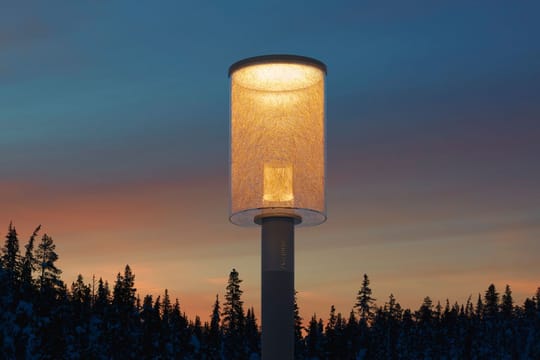
Inspired but not defined by nature
The four pre-defined Devina's are created with the four different seasons in mind; materials and expressions linked to the four elements, different Nordic phenomenas and times of the day.
Läs merRelaterade nyheter

Omvänt mentorskap: ”Allt ledarskap handlar om människor”
Under det senaste halvåret har sexton ledare från bolag i Jönköpings län haft varsin mentor via programmet Omvänt Mentorskap. Det som gör det just »omvänt« är att mentorerna är yngre och i början av sina yrkeskarriärer medan adepterna är mer seniora. Kristoffer Emanuelsson, produktionschef på Fagerhult, och Maria Liljeqvist, enhetschef inom hemtjänst i Jönköpings kommun, är ett av mentorsparen. Hej Maria och Kristoffer! Nu är Omvänt mentorskap över, vad har ni haft fokus på i ert samarbete?Kristoffer: ”Vi har inte haft några specifika mål utan har reflekterat och pratat, och så har Maria kommit med inspel på hur jag kan tänka i min vardag.”Maria: ”Jag tycker vi har haft en tydlig tråd där vi utgått från Kristoffers frågeställningar och reflekterat kring dem.” Kristoffer, var det något särskilt som du ville lyfta – och som du tar med dig? ”Jag ville fokusera på hur jag kan engagera kollegor och vi landade i flera diskussioner kring feedback. Det är lätt att fastna i det klassiska »Bra jobbat!« men det kan behövas lite mer utvecklande kommunikation och det vill jag bli bättre på gentemot mina närmaste medarbetare.” Maria flikar in: ”Jag sa till Kristoffer; du får inte säga »Bra jobbat!« om du inte också utvecklar vad som gjordes bra. Det är så lätt att fastna där.” Omvänt mentorskap 1 Att bryta invanda mönster är kan vara en utmaning, hur har det känts att kliva utanför komfortzonen? Kristoffer: ”Redan vid anmälan så bestämde jag mig för att ge detta en verklig chans. Annars är det ju ingen idé! Jag tycker det är viktigt att poängtera att det till stor del hänger på ens egen inställning. Att man verkligen vill, och vågar vara lite obekväm. Vi har haft bra diskussioner och samtidigt väldigt roligt, och det är ju alltid viktigt.” Maria: ”Jag tycker Kristoffer har varit modig och vågat testa de metoder vi diskuterat. Det har gjort att vi hela tiden kommit vidare.” Maria, har du lärt dig något som du tar med dig – utöver din roll som mentor? Maria: ”Ja, absolut! Det är så tydligt, att även om vi jobbar i väldigt olika miljöer så handlar ledarskapet alltid om människor och individer, och hur vi leder dem. Det är en värdefull insikt. Dessutom har vi haft roligt, och jag har stärkts i min egen roll som ledare genom att ha en senior ledare som lyssnar, tar till sig och provar mina idéer och tankar om ledarskap.” Ni jobbar i vitt skilda branscher, har olika lång ledarerfarenhet och är nya bekantskaper för varandra – vad tar ni med er från det? Maria: ”Vi är ganska olika som personer, och det har varit intressant att reflektera kring det i olika scenarier och hur det påverkar ledarskapet. Vi har lärt oss mycket av varandra.” Kristoffer: ”Jag tycker det är viktigt att vara öppen med sina brister, och samtidigt våga tänka nytt. Och kanske lägga eventuella skillnader kring hur länge man har varit ledare eller ålder åt sidan – och fokusera på att själva samtalet ska bli bra. Maria har ställt en del tuffare frågor där jag känt mig lite obekväm, men det har fått mig att ifrågasätta gamla vanor och varför jag gör saker på ett visst sätt. Det har hon gjort väldigt bra.” Kristoffer, utifrån ditt perspektiv som adept – hur ser du på Omvänt mentorskap? ”Inledningsvis kändes det lite obekvämt, men jag tycker man ska ta chansen att söka. Jag kan verkligen rekommendera det. Att ha en mentor var intressant, och det omvända mentorskapet tycker jag var väldigt givande. Att ta sig tid för reflektion med någon som inte har koppling till min vardag öppnar för andra funderingar och frågor. Vi kommer absolut försöka hålla kontakten.”




